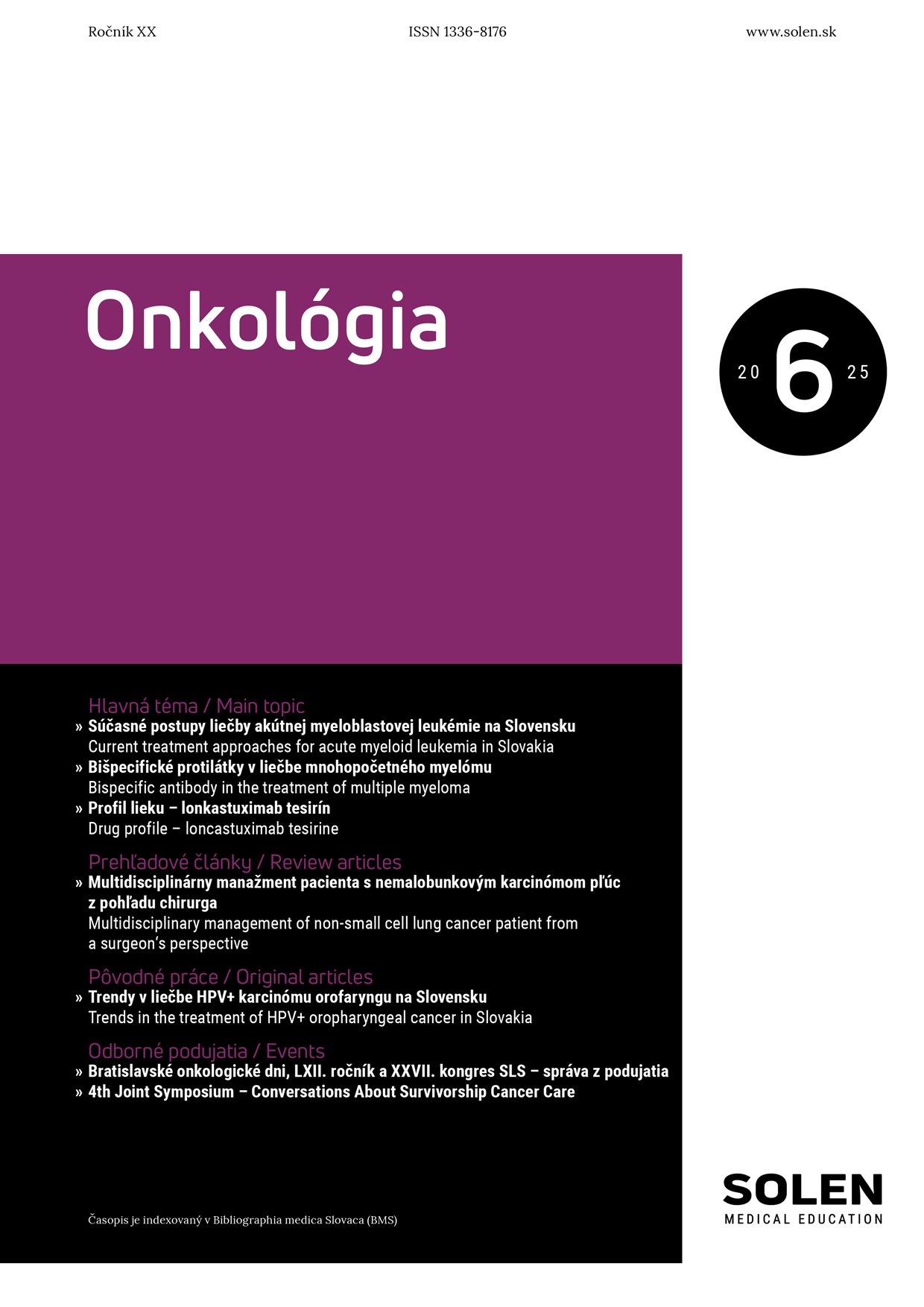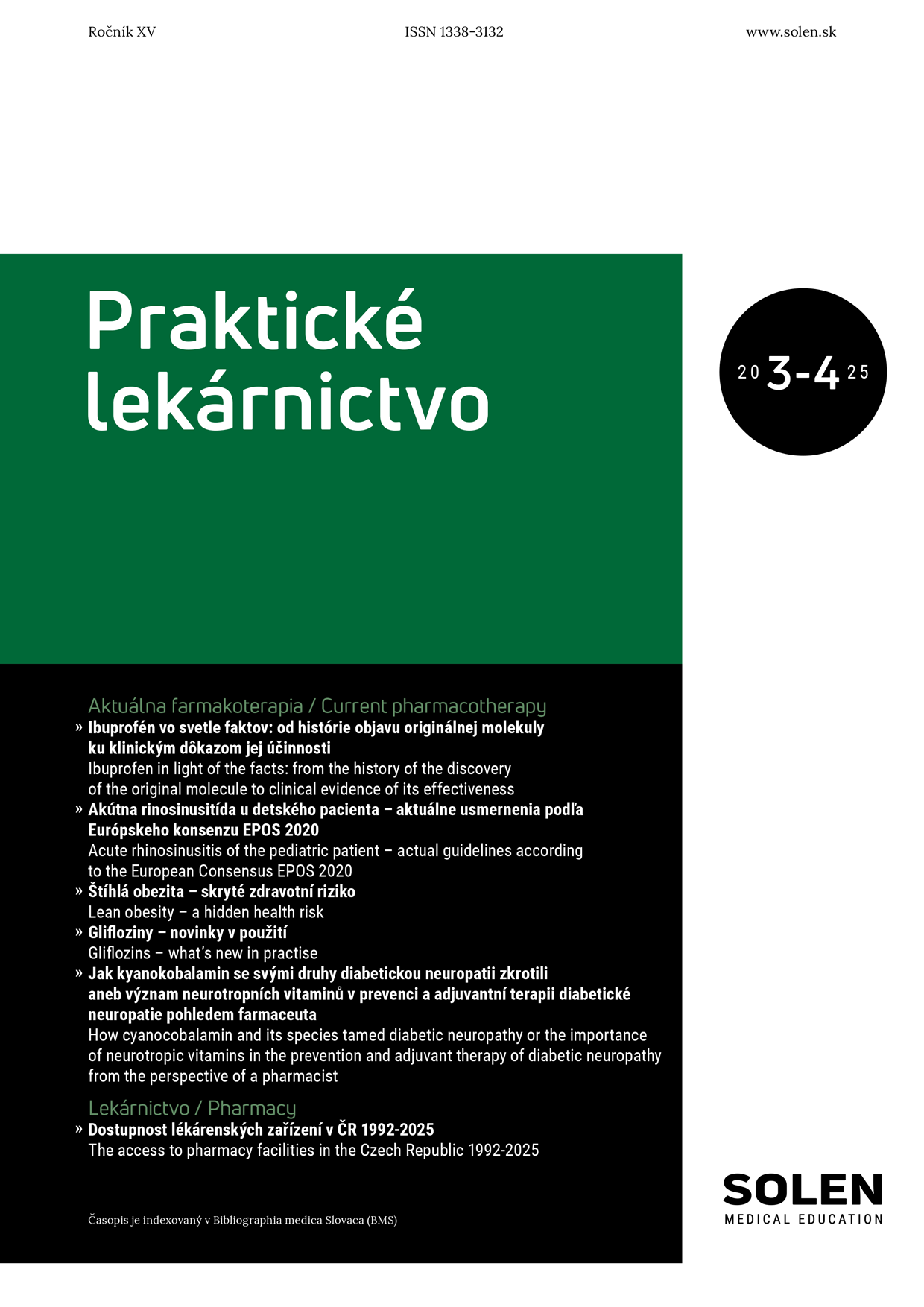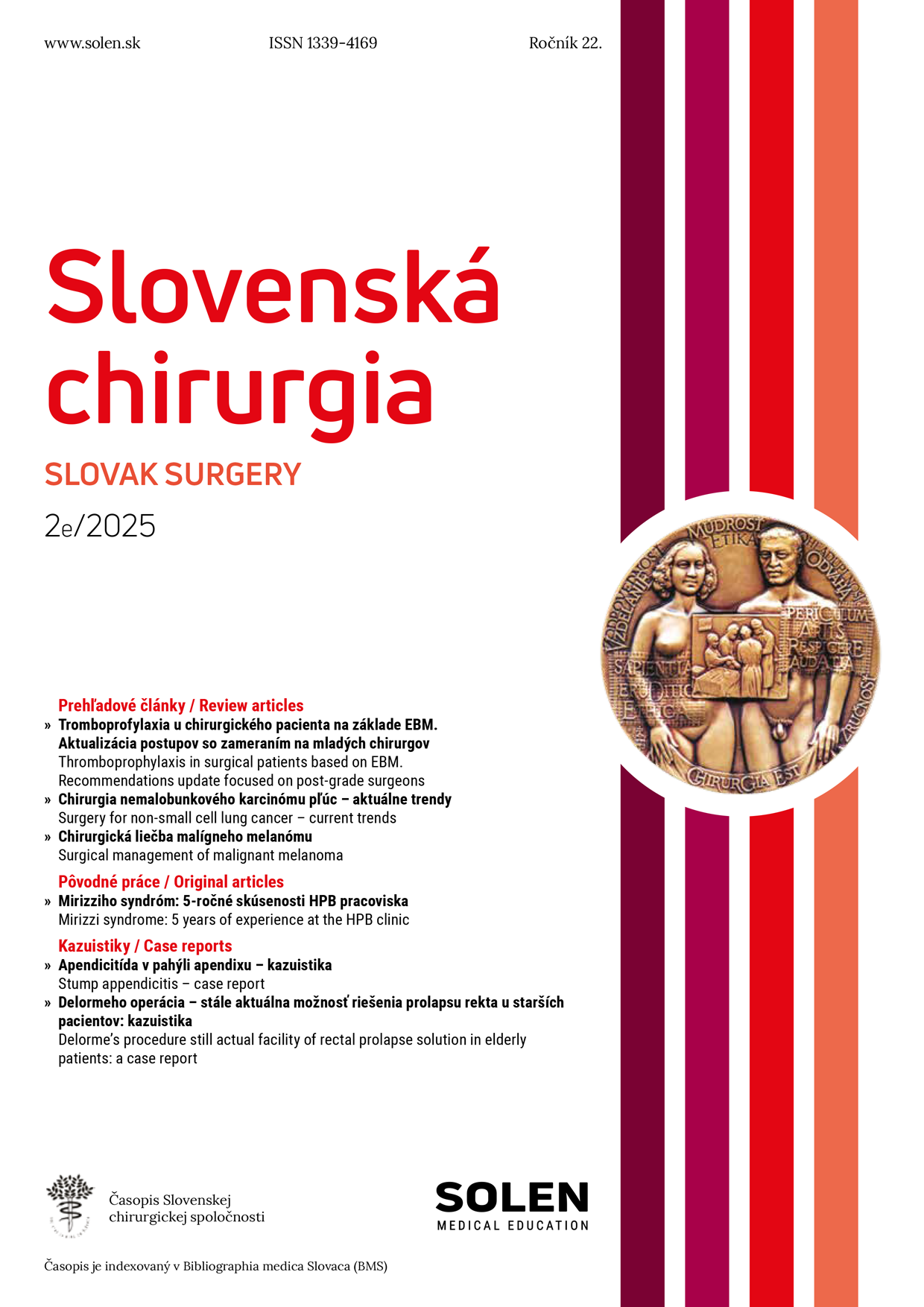Psychiatria pre prax 1/2010
Atypická antipsychotika v augmentaci antidepresiv v léčbě depresivní poruchy
Depresivní porucha je relativně časté onemocnění současné populace. Celoživotní prevalence deprese činí 5–12 % u mužů a 9–26 % u žen. Pouze 20–30 % pacientů dosáhne remise po první antidepresivní léčbě. Použití atypických antipsychotik v augmentaci antidepresiv je moderní a často užívanou metodou v léčbě rezistentní deprese. Autoři komentují výsledky dvojitě slepých studií v této oblasti a diskutují problémové oblasti této léčby.
Kľúčové slová: atypická antipsychotika, depresivní porucha, léčba, augmentace
Atypical antipsychotics in the augmentation of antidepressants in the treatment of depressive disorder
Depressive disorder is a relatively common disease in the population. Lifetime prevalence of major depression is 5–12 % in men and 9–26 % in women. Only 20–30 % patients treated with first antidepressant achieves remission. The use of atypical antipsychotics in the augmentation of antidepressant treatment is modern and often used method in the treatment of resistant depression. The authors comment the results of double-blind studies in this topic and discuss problem areas of this type of treatment.
Keywords: atypical antipsychotics, depressive disorder, treatment, augmentation

















